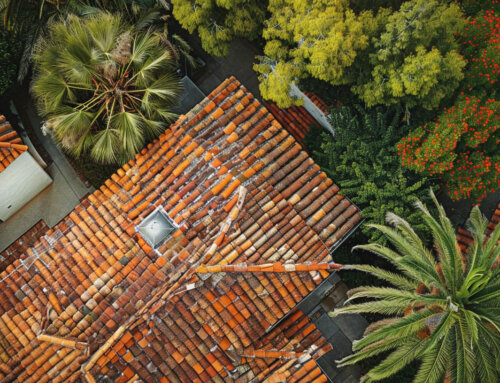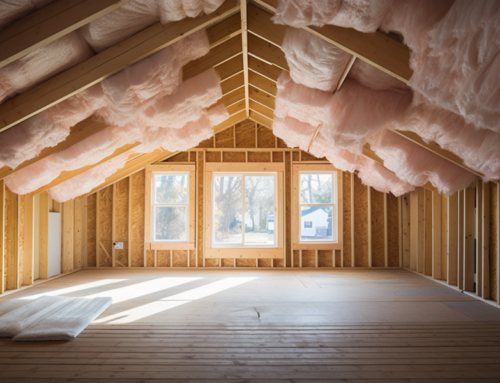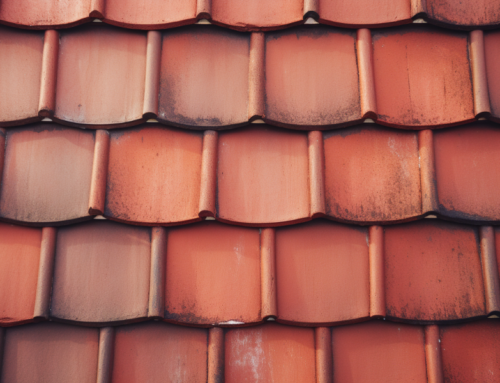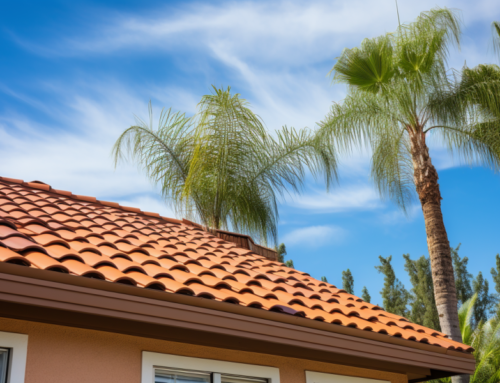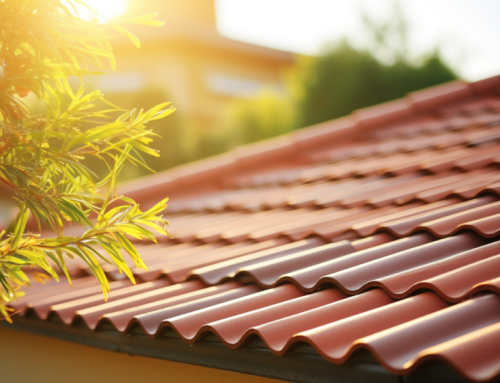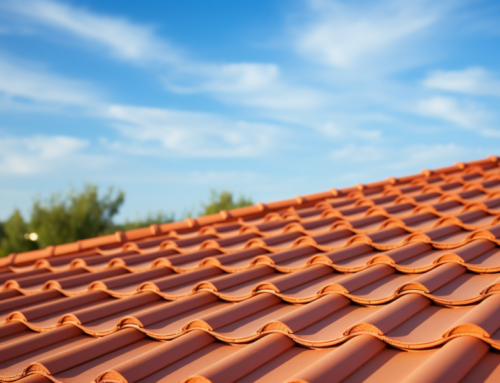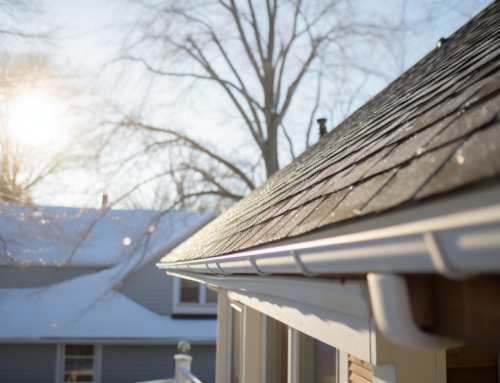Though it’s not a task for the faint-hearted, installing a clay tile roof is doable, especially if you’re handy with tools and patient in your approach. This article will give you a comprehensive guide on installing tiles, one of the most reliable roofing materials.
So, let’s jump into the details.
A Step-by-Step Guide on How to Install Clay Tiles
In the following sections, we’ll delve into the practical steps for installation. You’ll understand how to manage clay tile roofing, allowing you to add a touch of Southern California to your property, no matter your geographic area.
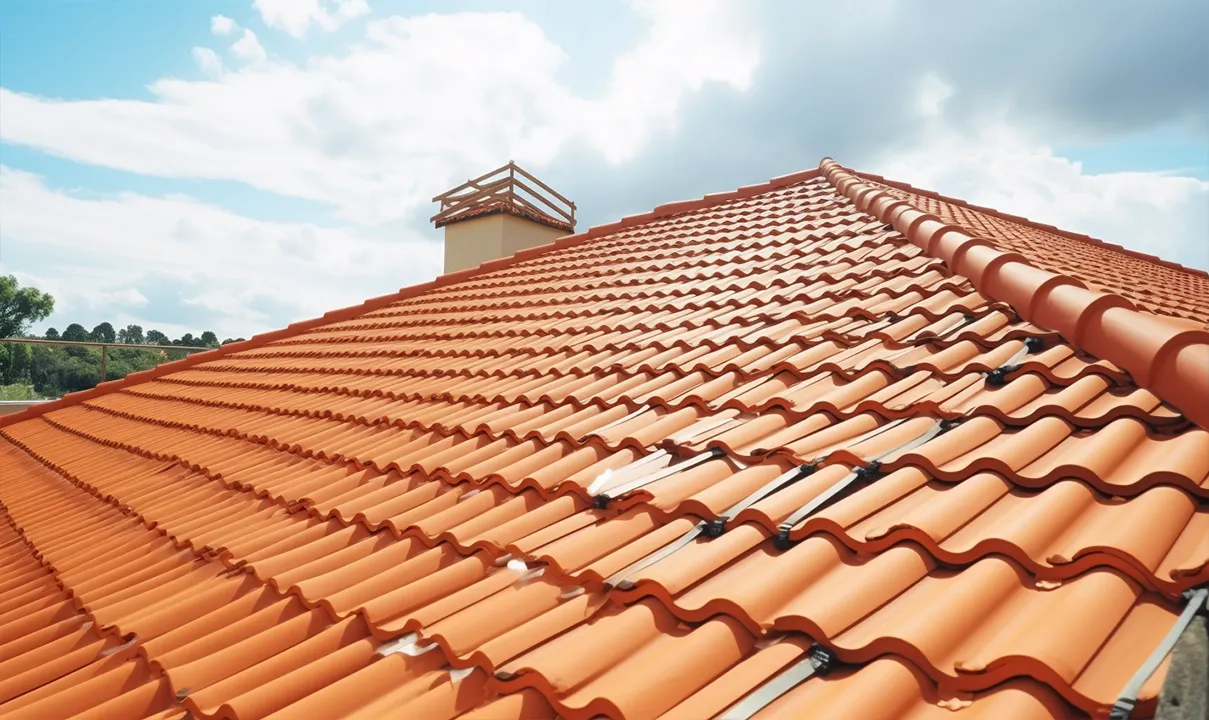
Plan for the Project
Planning ahead ensures you install your clay or concrete roof tiles properly and efficiently. In this case, consider the following:
Understand the Roof Structure
Firstly, you need to understand the structure of your roof. Clay tile roofs require a robust roof deck that can hold up under the weight of all the tiles. This is especially important because clay tiles are heavier than other materials like concrete roofing tiles or similar materials. You may need to hire a roofing contractor to assess the strength of your roof structure and provide additional support if necessary.
Calculate the Roof Area
The next step is calculating your roof area in square foot. This will allow you to estimate the number of clay tiles you’ll need for the installation. Many homeowners overlook this step, which can result in running short of tiles during the installation process. Keep in mind that you might need to purchase extra tiles to allow for breakage and replacements down the line.
Choose the Right Tiles
Choosing the right clay tile is critical. Clay roof tiles come in various shapes and styles, each with a unique installation method. Clay roof tiles have different fire ratings, so ensure to choose one suitable for your area. From flat to curved clay tiles, pick the ones that best fit your roof’s design and your home’s architectural style.
Clay tiles are as diverse as they are durable, coming in a variety of shapes, colors, and styles, each with its own advantages. Here are some of the most popular types:
- Flat Clay Tiles: Also known as slab, shingle, book, or French tiles, these tiles have a flat surface and can mimic the appearance of wood or slate. They’re typically preferred for their sleek, contemporary look and are a common choice for modern homes. The advantage of flat clay tiles is that they are easier to install and require fewer materials than their counterparts due to their interlocking design.
- Mission or Barrel Tiles: These are the traditional clay tiles often associated with Spanish or Mediterranean-style homes. Their unique semi-cylindrical shape allows for excellent water runoff, making them particularly suitable for areas with heavy rainfall.
- Interlocking Clay Tiles: These tiles are designed with unique edges that allow them to fit together like puzzle pieces. This feature provides an extra level of security against leaks and wind uplift. They’re also relatively easy to install, reducing labor costs.
- Pantiles: Characterized by their distinctive ‘S’ shape, pantiles are an excellent choice for homeowners looking for an attractive, rustic aesthetic. They offer excellent water runoff and are generally lighter than other styles, reducing the need for additional roof support.
- Roman Clay Tiles: Roman tiles are flat in the middle with a concave curve at one end and a convex curve at the other. They provide a classic European look and are prized for their ability to provide efficient water runoff, even in heavy rainstorms.
When choosing your clay tiles, it’s important to consider their aesthetic appeal and how well they fit with your home’s architectural style, the climate in your region, and your budget. Each type has its unique advantages in terms of durability, maintenance, fire rating, and cost.
Therefore, it’s crucial to understand these differences to make an informed decision. Keep in mind whatever type you choose, clay roof tiles are a long-term investment that can increase your home’s value and curb appeal.
Preparing Your Toolkit
Once you’ve selected the type of clay tile that best suits your needs, it’s time to prepare your toolkit. Properly installing clay tiles requires a specific set of tools. Here’s what you’ll need:
- Ladders: To reach the roof safely, you’ll need sturdy ladders. Extension ladders are often the best choice for this type of work.
- Tool Belt: A tool belt will keep all your tools within reach while you’re on the roof. This is a must-have for convenience and efficiency.
- Hammer: You’ll need a good-quality roofing hammer for nailing the tiles into place.
- Nails: Roofing nails are specially designed for roof installations. Make sure to choose the right length and type for your specific clay tiles.
- Tile Cutter: This tool will help you cut the tiles to fit your roof perfectly. It’s especially necessary when you reach the ridges or edges of your roof.
- Chalk Line: This will help you keep your tile rows straight. It’s a simple tool but crucial for a professional-looking finish.
- Tape Measure: A tape measure is indispensable to ensure accurate placement and measurement of the tiles.
- Pry Bar: This is needed for removing old tiles or lifting tiles to make adjustments.
- Gloves and Safety Goggles: Safety is paramount, and these will protect your hands and eyes from sharp edges and debris.
- Battens and Batten Spacers: These are necessary for creating the layout on which your tiles will sit.
- Level: A level is a must-have tool to ensure your tiles are perfectly horizontal and vertical.
Having all these tools on hand before you start your project will make the process smoother and more efficient. It’s better to be over-prepared than to find yourself having to run to the hardware store mid-project. Remember, quality tools lead to quality work.
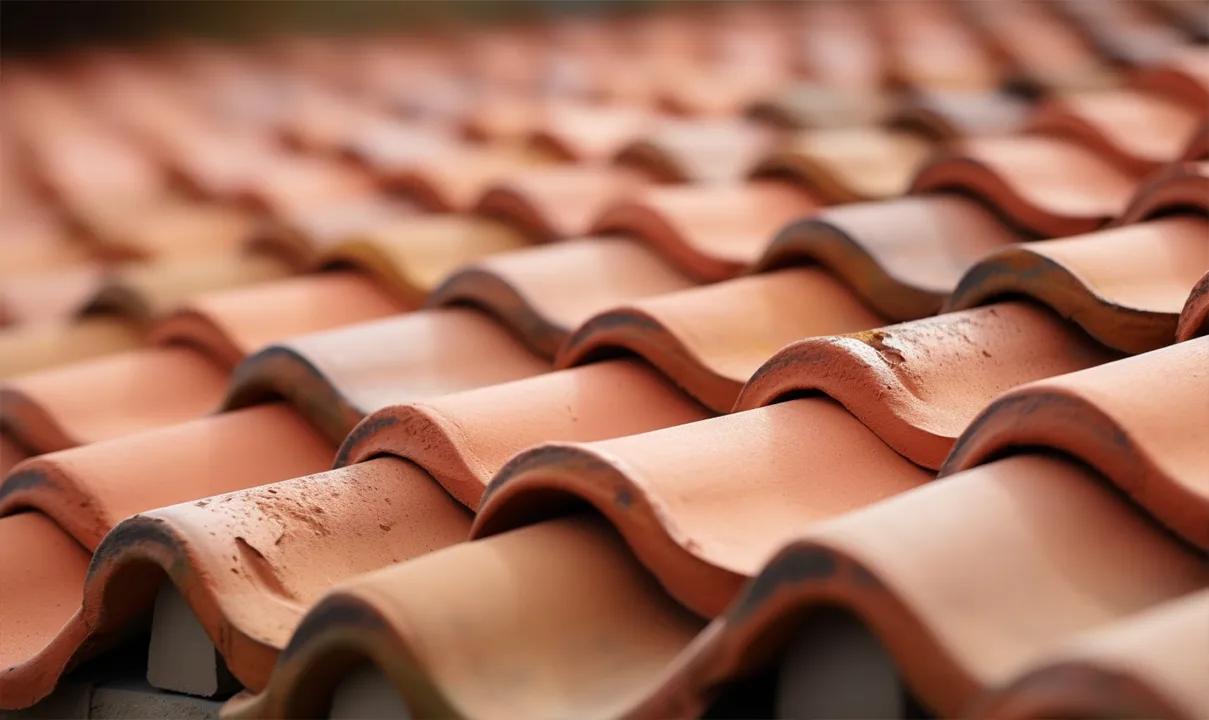
Get Started
Now that you are well set to work on your clay roofs let’s get into the task:
Remove the Old Tiles (Wherever Applicable)
The first step in installing your clay tile roof is removing the old roofing tiles. Starting from the top, carefully remove each tile, ensuring you don’t damage the roof deck.
Repair and Reinforce
Once all the tiles are off, inspect the roof for any damages. Repair and reinforce the roof structure before installing the underlayment material. This step is critical to ensure your roof is able to support the weight of the clay tile roof.
install the Underlayment
It’s time to install the underlayment. Start from the lower edge of the roof, rolling out the underlayment material across the length of the roof. Use roofing nails to secure the underlayment to all the rafters. You can also install a water shield as an additional layer of protection.
Install the New Tiles
It’s now time to get your roofing tile material in place. Clay tiles, just like concrete tiles, should be installed in a specific pattern.
set The Battens
Next, it’s time to install the battens. These thin strips of wood serve as a base for the clay tiles. They should be installed perpendicular to the rafters, starting from the eave line.
set The Tiles
Now, start placing the tiles atop the battens. The first tile should be placed at the eave line and corner of the roof. Continue adding tiles, overlapping the edges to ensure water cannot seep in. For clay tile roofs, the common method is to have the lower tile overhang by about 2 inches to prevent water from entering the roof area.
Cut to Fit
As you approach the roof’s ridge, you’ll need to cut the clay tiles to fit the shape of the roof. Use a tile cutter to get the right shape and size. The installation process is the same, ensuring that the cut tile fits perfectly in place.
Install the Ridge
The final step of your clay tile roof installation is to install the ridge tiles. Start where the roof meets the ridge on one end and work your way toward the opposite end. These ridge tiles are crucial as they cap off the peak of your roof, ensuring complete protection from the elements.
How to Install a Clay Tile Roof – Final Thought
Installing a clay tile roof is a considerable project, but it’s well worth the effort. The durability and aesthetic appeal of a clay tile roof is unparalleled. The key is planning ahead and being patient with the process. Remember, hiring a professional roofing contractor is always best if you’re unsure at any stage.
This is where San Diego County Roofing & Solar comes in. They have the expertise to handle this task efficiently; your beautiful new roof will be a testament to that. Don’t be daunted by the task at hand.



